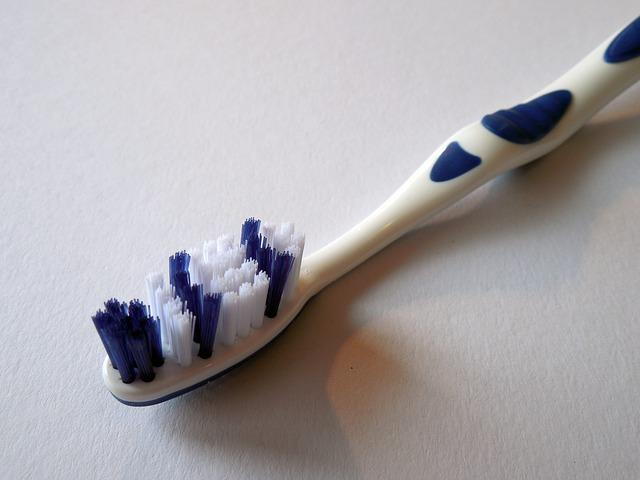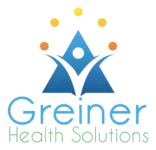
Is Your Toothpaste Making You Sick?
You may be reading ingredients and paying attention to what's in your food, but what about your toothpaste? We all understand the importance of oral health, so let's make sure the toothpaste you're using isn't harmful. Below are some of the toxic ingredients to be aware that may be lurking in your toothpaste.
Propylene Glycol
Propylene glycol is an industrial mineral oil used in antifreeze, paints, enamels and airplane de-icers. The pharmaceutical grade form is used in many personal care products. Propylene glycol is a known skin, eye and lung irritant and may cause organ toxicity. This is something you do not want in your toothpaste.
Triclosan
Some brands of toothpaste contain the popular antibacterial chemical, triclosan. Triclosan has been shown to have antibacterial properties, but they may come at a price. Triclosan is a known endocrine disrupter and there are concerns of antibiotic resistance. Any endocrine disrupting chemical causes severe health risks including breast, prostate, ovarian and testicular cancer. Furthermore, triclosan may interfere with specific cell signaling in the brain and other organs. The state of Minnesota has banned most uses for triclosan but it still remains in many personal care products.
Sodium Lauryl Sulfate
SLS is a surfactant that is responsible for the foaming action of the toothpaste. One of the biggest issues with SLS is the manufacturing process. The process of ethoxylation results it being contaminated with a potent carcinogen, 1,4 dioxane. SLS is a registered insecticde and may pose potential harm to the environment.
Diethanolamine
DEA is found in several brands of toothpaste, is a known hormone disrupter and can react with other ingredients to form the potential carcinogen, NDEA (n-nitrosodiethanolamine) which is readily absorbed through the skin and has been linked to cancers of the stomach, esophagus, liver and bladder.
And, last but not least... Fluoride
For decades, fluoride was touted as the answer to tooth decay. A study published in the journal, Lanmuir showed that the supposedly beneficial fluorapatite layer formed on your teeth is only 6 nanometers thick. That would mean you'd need 10,000 layers of these to get the width of a strand of hair. Now, researchers are questioning whether or not fluoride even works, let alone it's safety.
A few facts about fluoride:
* Increases lead absorption
* Thyroid disease
* Disrupts synthesis of collagen
* Increases genetic damage and cell death
* Increases tumor and cancer rates
* Inactivates 62 enzymes and inhibits more than 100 more
* Inhibits formation of antibodies
* Damages sperm and decreases fertility
There have been over 30 human studies and more than 100 animal studies linking fluoride to brain damage.
Fluoridation is NOT a "Natural Process"
The fluoride added to most water supplies is not the naturally occuring variety but rather fluorisilisic acid, which is captured in air pollution control devices of the phosphate fertilizer industry. FAN reported:
"This captured fluoride acid is the most contaminated chemical added to public water supplies, and may impose additional risks to those presented by natural fluorides. These risks include a possible cancer hazard from the acid's elevated arsenic content, and a possible neurotoxic hazard from the acid's ability--under some conditions--to increase the erosion of lead from old pipes."
Oral health is important but it is just as important to not be using harmful chemicals in our every day lives. There are safer options. You can make your own toothpaste or purchase toxin-free brands. And, yes, they work.
Healthy, Homemade Toothpaste
Ingredients:
* 1 tablespoon coconut oil
* 1 teaspoon or 2 capsules turmeric
* 1 drop peppermint essential oil
** Mix all ingredients together to form a paste. Apply and brush. Use twice per day.
Sources:
